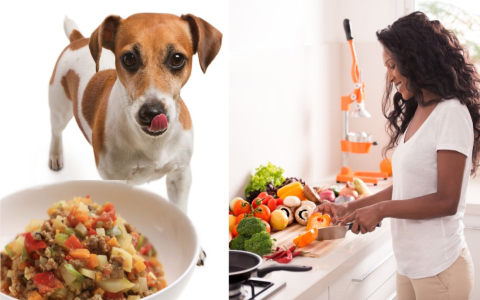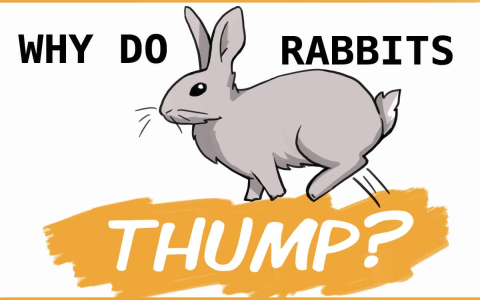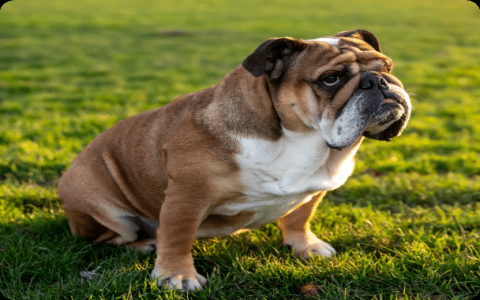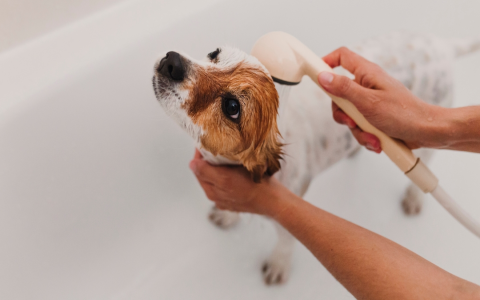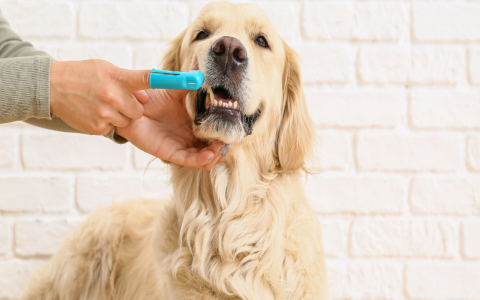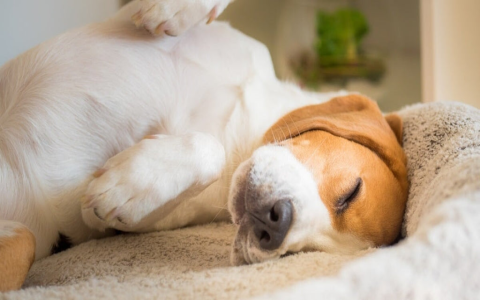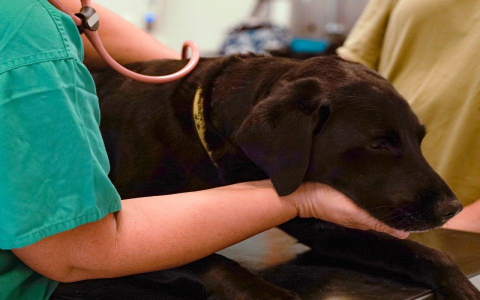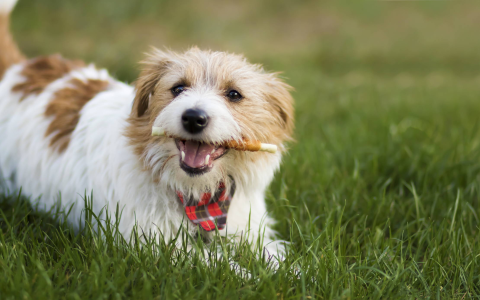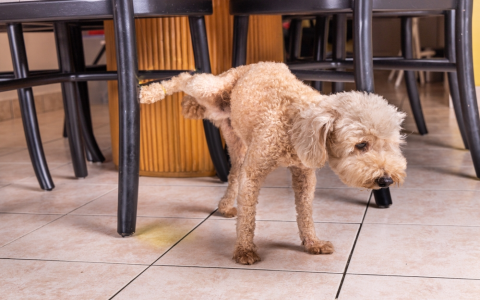How to prepare hot dogs for dog training? Simple steps for the best treats.
Alright, let's talk about using hot dogs for training. I kinda stumbled into this one myself, like a lot of things with dog training, honestly.

So, I was hitting a bit of a wall with my pup. We were working on recall, you know, getting him to come back when called, especially when there were distractions. Regular kibble wasn't cutting it, and even the store-bought training treats were losing their magic. He'd just sniff 'em and look away, more interested in a leaf blowing across the yard. Frustrating, right? I needed something... more appealing. Something high-value, as the trainers say.
I remembered someone, somewhere, mentioning hot dogs. Seemed kinda weird, but hey, dogs love smelly things, and hot dogs are definitely... fragrant. Plus, they're cheap. So, I figured, why not give it a shot?
Getting Started and Prep Work
I went down to the grocery store. Didn't get anything fancy. Just grabbed a standard pack of plain ol' beef or chicken hot dogs. Made sure to check the ingredients – wanted to avoid anything with tons of garlic powder, onion powder, or weird spicy stuff, just to be safe.
Got home, and then came the prep. I decided boiling them might be best first, thinking maybe it'd get rid of some extra grease or salt. Just plopped them in water for a few minutes, then drained them and let them cool down completely on some paper towels. Some folks microwave, some even use them raw, but boiling felt like a good middle ground for me.
This next part was key: cutting them up. I quickly realized that just slicing them into coin shapes was way too big. My dog would be full after like, three treats. Not great for a training session where you need lots of repetitions. So, I got out my knife and started dicing. Really small. Like, pea-sized pieces, maybe even smaller. Yeah, it took a bit of time, and my fingers got kinda greasy, but it made a huge difference later.
I chucked all the tiny pieces into a zip-top bag and stuck it in the fridge. Ready for action.
The Training Experience
Next training session, I grabbed a small handful of these tiny hot dog bits. The second my dog caught a whiff? Total game changer. Eyes locked on me. Tail wagging like crazy. Suddenly, coming when called seemed like the best idea he'd ever heard. The focus was intense, way more than I got with the dry treats.
I used them sparingly. A tiny piece for a quick response, especially when he chose to come back instead of chasing that squirrel. It worked wonders for nailing down those harder commands or practicing in distracting places like the park.
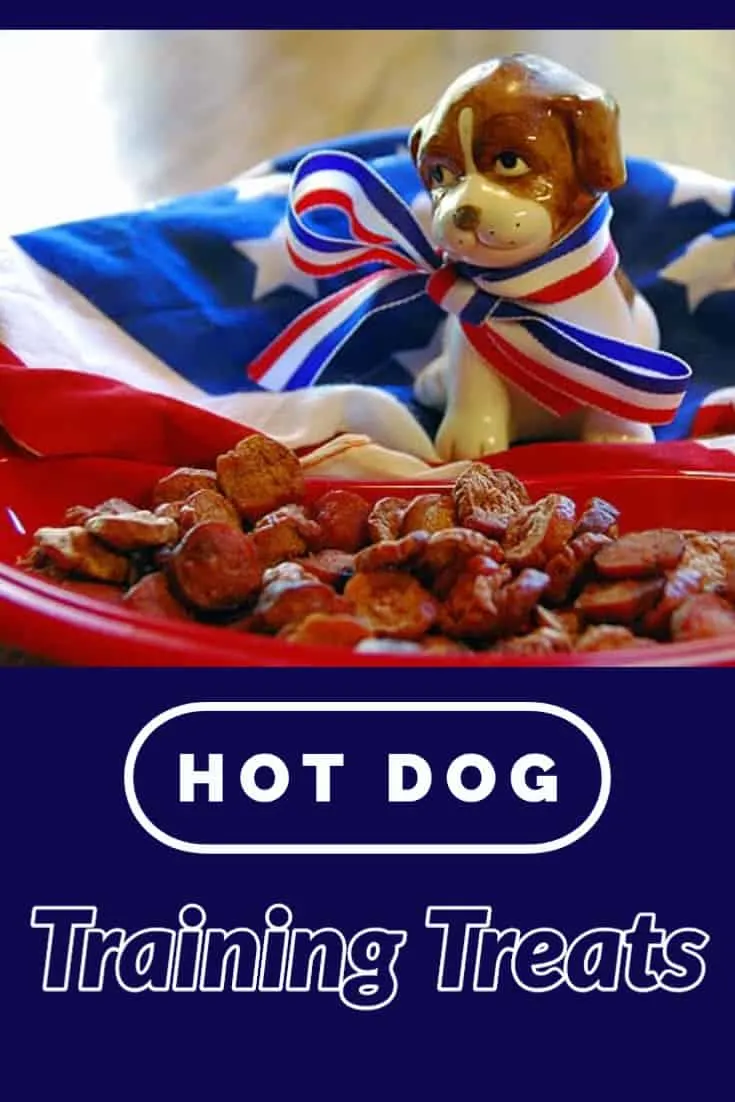
Learnings and Adjustments
Okay, so it wasn't all perfect. Here's what I learned:
- Potential for Pickiness: My dog started getting a bit snobby about his treats. Suddenly, kibble was peasant food. He'd hold out for the good stuff.
- Mess Factor: Hot dogs are greasy. My treat pouch got kinda gross, and my fingers definitely smelled.
- Health Concerns: They aren't exactly health food. Lots of salt, fat, and preservatives usually. I started worrying about feeding too many, especially long-term.
- Spoilage: Unlike dry treats, these go bad fast if you leave them out or forget them in your pocket. Back into the fridge they must go.
So, I had to make some adjustments. I started cutting the pieces even smaller, like tiny slivers. Then, I began mixing them in my treat pouch with his regular kibble and some other, healthier, lower-value treats. It became a kind of "treat lottery." He never knew if he'd get boring kibble or a hot dog jackpot. This kept him guessing and working, without relying solely on the hot dogs.
I also reserved the hot dogs mostly for the really important stuff – recall in busy areas, learning a brand new difficult trick, or counter-conditioning scary things. Not for every single 'sit' or 'down'.
My Takeaway Now
Do I still use hot dogs? Yep, sometimes. They're like my secret weapon, tucked away for when I need that extra motivational boost. They're fantastic for certain situations and for getting a dog's attention when nothing else works. But moderation is absolutely critical. Tiny pieces, mixed with other stuff, and used strategically, not as an everyday staple. It's about finding that balance. It worked for me as a way to break through a training plateau, and sometimes, that's exactly what you need.

